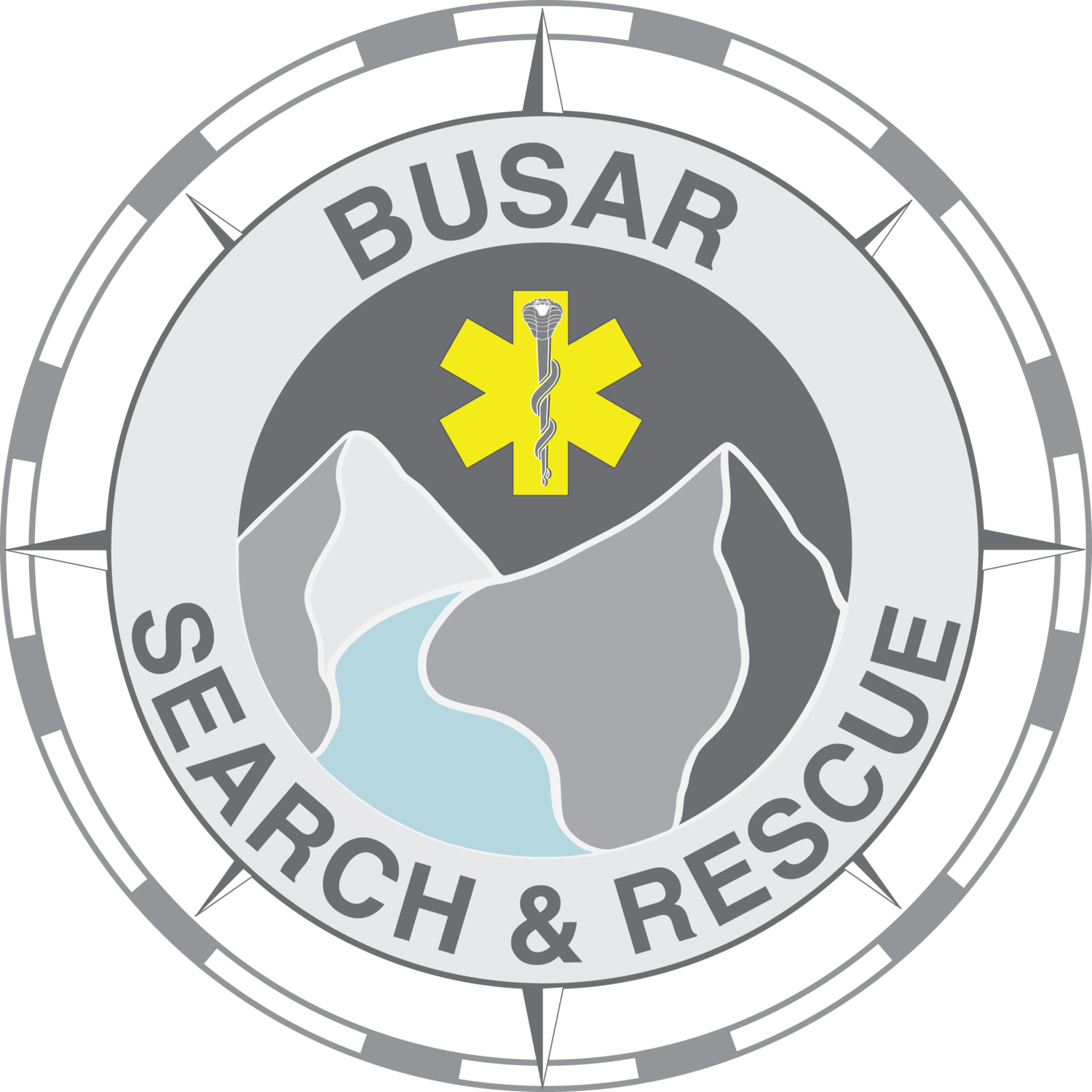Safety Resources
Fatal and serious injuries occur every year in Great Smoky Mountains National Park and most are preventable. Please use the resources below to help you safely plan your next outing.
Trip Plan
The most important step before a trip into the backcountry is to create a Trip Plan. No matter your level of experience, the number in your party, or the distance you plan to travel, a Trip Plan is essential. Download and use ours on every trip. In case of an incident, the information provided will greatly expedite the search process.
The 10 Essentials
Pack the “10 Essentials” whenever you go into the backcountry, even on day hikes. In fact, day hikes are when people find themselves least prepared for an emergency so always carry them. If something goes goes wrong these items could be essential to your survival.
Navigation: map/compass, GPS, phone, Personal Locator Beacon
Illumination: flashlight & extra batteries
Sun protection: sunglasses, sun-protective clothes and sunscreen
Insulation: puffy jacket, extra clothing
First aid: common injuries including foot care and insect repellent
Tools: knife, cordage, duct tape, kits for tent, stove, mattress repair
Fire: matches, lighter, tinder, firesteel
Shelter: trash bag, rain gear, tarp, tent
Nutrition: extra food
Hydration: extra water or method to filter or boil
Bears
Everyone loves to see a bear. However, bears are wild animals and are dangerous and unpredictable. Never approach bears or allow them to approach you!
Learn more about bears in the Smokies and what do if you encounter one here. And always use proper food storage if having a picnic or camping.
Bike Safety
Bikes are a great way to see portions of the Park, particularly Cades Cove. Sadly though, fatalities involving bicycles occur every year in the Park. Likely these fatalities would not have occurred had the riders been wearing helmets. Always wear a helmet when riding a bike. Bring extra water in the warmer weather and consider wearing gloves. And if not entirely comfortable riding, get off and walk the steep descents, such as the two in Cades Cove.
Survival Mindset
Your mindset is critical to your survival. The acronym S.T.O.P. A! is a good exercise to follow to prepare your mind for your ordeal. Below is a brief explanation but for more detailed information, click here. And consider taking a survival class from our friends at Big Pig Outdoors.
S.T.O.P. A!
STOP -
If there is no immediate threat then stop and sit down. The goal is to prevent any irrational thinking due to fear or an adrenaline dump.
THINK
Focus on a reason to live and lock it in your mind.
Identify priorities based on your situation.
If a task seems difficult then break it down into smaller goals and take them one step at a time.
Adapt and Improvise. Don’t be afraid to think outside of the box.
Keep a Positive Mental Attitude!
OBSERVE
Observe your surroundings. Identify threats, resources, and features. Once done, pull out your gear and inventory everything.
PLAN
It is time to make some choices, planning is dependent on your situation. Generally, staying put and waiting for rescue is a good plan but make the best plan for what you are dealing with. Recognize that fatigue and dehydration reduce the ability to think clearly. Factor that into the decision making process.
ACT!
Implement your plan!



